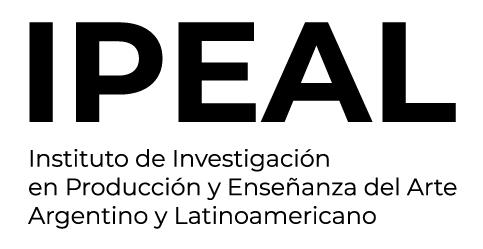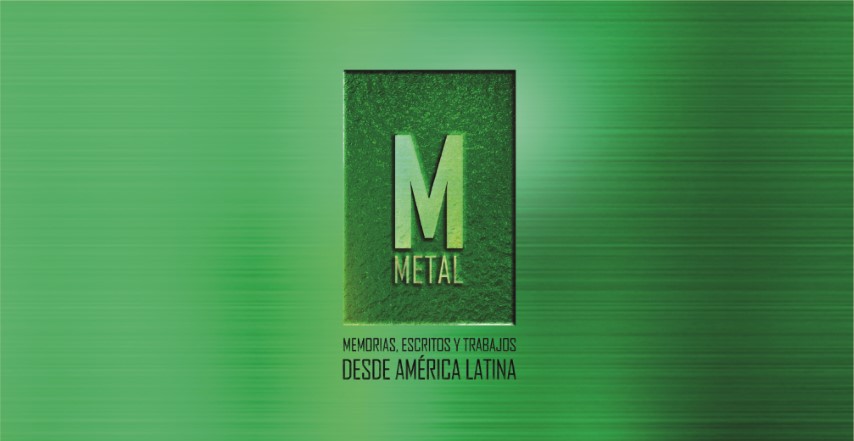Modern Buenos Aires. Photographs by La Carpeta de los Diez
DOI:
https://doi.org/10.24215/24516643e006Keywords:
Modernity, photography, La Carpeta de los Diez, Buenos AiresAbstract
The present article suggests working onsome photographs taken in and about thecity of Buenos Aires by certain membersof the photography group La Carpeta delos Diez [The Folder of Ten], inquiring intothe representation of the modern city andthe resources used. The work will be doneon photographs by Juan Di Sandro, AnatoleSaderman and Annemarie Heinrich.References
Benjamin, W. (2005). Notas sobre los cuadros parisinos de Baudelaire. Conferencia dictada por Walter Benjamin en mayo de 1939. Boletín de Estética, (2). Recuperado de http://www.boletindeestetica.com.ar/boletines/Boletin.Estetica.2.pdf
Cortes-Rocca, P. (2015). Annemarie Heinrich. Intensiones secretas. Buenos Aires, Argentina: Museo de Arte Latinoamericano de Buenos Aires.
Cuarterolo, A. (2013). Con la mirada en Europa. Modernidad y tradición en la obra de Horacio Coppola. Revista Ibero-americana de Ciências da Comunicação, (2),65-85. Recuperado de https://issuu.com/editora-arca-dagua/docs/ibero_2
Daguerre, L. (1838). Boulevard du Temple [Fotografía]. Recuperada de http://www.niepce-daguerre.com
Giordano, M. y Méndez, P. (2004). Tras los pasos de Hans Mann. 8.º Congreso de Historia de la Fotografía en Argentina. Sociedad Iberoamericana de Historia de la Fotografía. Vicente López, Argentina.
Heinrich, A. y otros (2007). Maestros de la fotografía argentina: sentimiento de imagen. Buenos Aires, Argentina: Estudio Heinrich Sanguinetti.
Méndez, P. y Radovanovic, E. (2003). Las imágenes del progreso: Torcuato de Alvear y Emilio Halitzky. 7.º Congreso de Historia de la Fotografía en Argentina. Sociedad Iberoamericana de Historia de la Fotografía. Buenos Aires, Argentina.
Méndez, P. (2012). Fotografía de Arquitectura Moderna. La construcción de su imaginario en las revistas especializadas. 1925-1955. Buenos Aires, Argentina: Centro de Documentación de Arquitectura Latinoamericana.
Niépce, N. (1826). Vista desde la ventana de Le Gras [Fotografía]. Texas, Estados Unidos: Harry Ransom Humanities Research Center.
Possamai, Z. R. (2007). Narrativas fotográficas sobre a cidade. Revista Brasileira de História, 53(27), 55-90. Recuperado de http://www.scielo.br/pdf/rbh/v27n53/a04v5327.pdf
Possamai, Z. R (2008). Fotografia e cidade. Revista ArtCultura, 16(10), 67-77. Recuperado de http://www.educadores.diaadia.pr.gov.br/arquivos/File/2010/artigos_teses/2010/Historia/artigos/3possamai_artigo.pdf
Sontag, S. (1973). Sobre la fotografía. Ciudad de México, México: Alfaguara.
Downloads
Published
How to Cite
Issue
Section
License
The acceptance of the manuscript by the magazine means the non-exclusive cession of the property rights of the authors in favour of the editor, who allows the reuse, after publication (post print), under a license Attribution-NonCommercial-NoDerivatives 4.0 International.
According to these terms, the material can be copied and redistributed by any means or in any format as long as a) the author and original source of the publication are quoted (magazine and URL of the work), access to the license is provided and whether changes have been made is mentioned; and b) the material is not used for commercial purposes.
The cession of non-exclusive rights means that after the publication (post print) in Metal the authors can publish their work in any language, means and format; in such cases it must be mentioned that the material was originally published in this magazine. Such cession also means the authorization of the authors for the work to be collected by SEDICI, the institutional archive of the Universidad Nacional de La Plata, and to be spread in the databases that the editorial team considers appropriate to increase the visibility of the publication and its authors.
Moreover, the magazine encourages the authors to deposit their productions in other institutional and thematic archives under the principle that offering the society the scientific and academic production without any restrictions contributes to a greater exchange of the global knowledge.



























